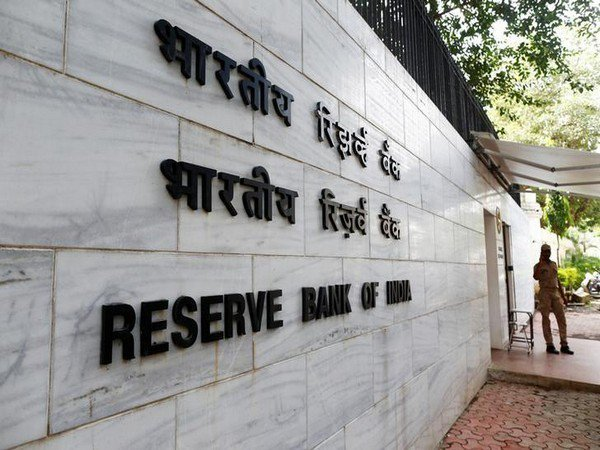India's Electronics Boom: Surge in GDP Contribution and Export Growth
India's electronic production has risen to 3% of the GDP in 2023-24, from $37 billion in 2015-16 to $115 billion. Fueled by initiatives like Make in India and Digital India, experts foresee a tripling of production by 2025-26, bolstering India's export competitiveness.

- Country:
- India
India's electronic production has skyrocketed, contributing 3% to the GDP in 2023-24, according to the Reserve Bank of India's July bulletin. The report highlights a dramatic increase in the value of electronics produced, soaring from USD 37 billion in 2015-16 to USD 115 billion this fiscal year.
"India's drive to become a manufacturing powerhouse is already showing results," the bulletin noted, emphasizing the nation's leap in electronics manufacturing from 2015-16 to 2023-24. The Reserve Bank added that India's short-term aim is to triple electronic production by 2025-26. Currently, India's electronics production accounts for 3% of the global total, marking the fastest growth rate worldwide.
In 2023-24, mobile phone exports reached USD 15.6 billion with an additional USD 1.5 billion in April 2024. Apple now sources one in seven of its iPhones from India, a significant increase over the previous year. Samsung also operates its largest phone-manufacturing facility there. Niti Aayog's recent report pegs the global electronics market at USD 4.3 trillion, dominated by China and rapidly growing in Vietnam, with India catching up swiftly.
The RBI further noted that this expanding manufacturing sector is crucial for boosting India's share in global exports from the current 2.4% to at least 5%. Backed by nearly USD 780 billion in exports for 2023-24 and a 10.2% growth rate in Q1, India aims to exceed USD 800 billion in exports by 2024-25.
India has greatly reduced its dependence on smartphone imports, now manufacturing 99% domestically. Government initiatives like Make in India and Digital India, coupled with improved infrastructure and business-ease incentives, have accelerated domestic manufacturing and attracted foreign investment.
Despite significant advances, India still holds only a 3.3% share of the global electronics market. The focus remains on assembly rather than component manufacturing and design. To sustain growth, India needs to localize high-tech components, boost R&D investments, and form strategic partnerships with global tech giants. Niti Aayog has recommended promoting industrial infrastructure, innovation, skill development, and research to create a sustainable growth ecosystem for electronic manufacturing in India.
(With inputs from agencies.)
- READ MORE ON:
- India
- electronics
- GDP
- growth
- manufacturing
- exports
- Make in India
- Digital India
- RBI
- mobile phones
ALSO READ
Major Pharma Companies Initiate Recalls Due to Manufacturing Issues
Union Cabinet Set to Approve 12 New Industrial Cities to Boost Manufacturing
Union Cabinet Approves 12 New Industrial Cities to Boost Manufacturing
Fishing Industry Levies Reduced to Boost Exports and Job Growth: Shane Jones
Piyush Goyal Calls for Collaborative Effort to Brand India as Manufacturing Hub










